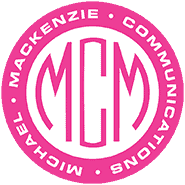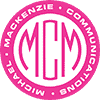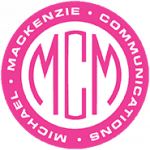Color psychology has evolved from a design aesthetic into a key factor driving user engagement and conversion in web design. Strategic color choices can influence user actions, create emotional connections, and solidify brand identity, proving that color is an essential tool for UX optimization. Here’s how color psychology impacts modern web design—and why it’s vital for building user trust and driving results.
- Color as a Conversion Driver
Color is a powerful tool for guiding user actions and boosting conversions. Studies reveal that color choice can increase conversion rates by up to 24%, especially when used thoughtfully in calls-to-action (CTAs). For example, bright colors like red and orange are known to evoke urgency and action, making them ideal for CTA buttons. This tactic is particularly effective in sectors like e-commerce, where encouraging clicks directly impact sales.
- Example: Red CTA buttons have been shown to increase click-through rates in e-commerce, underscoring the psychological pull of well-chosen colors.
- Creating Emotional Connections
Color can evoke specific emotions that enhance the overall user experience. For instance, cool blues are commonly used on healthcare and finance websites to convey calm and trust, while warm colors like yellow and orange on entertainment sites evoke energy and engagement. By aligning colors with brand messaging, web designers can create emotional resonance that improves user engagement and increases time on site.
- Example: Many financial institutions use blue to communicate stability and reliability, strengthening user confidence, while green is often featured on finance sites because it symbolizes money and growth.
- Enhancing Accessibility with Color
Accessible design isn’t just a trend; it’s essential. High-contrast colors improve readability and make websites usable for a broader audience, including those with visual impairments. By following Web Content Accessibility Guidelines (WCAG), brands can make their sites more inclusive, enhancing user satisfaction and brand reputation.
- Example: Using colorblind-friendly palettes and contrast tools can broaden a site’s reach while ensuring usability.
- Strengthening Brand Identity with Consistent Colors
Color consistency is crucial for brand recognition, with research showing that color boosts brand recognition by up to 80%. By choosing a color scheme that aligns with their values, brands can create memorable, trustworthy experiences. A strong color identity helps users feel connected and fosters brand loyalty.
- Example: Starbucks’ signature green is instantly recognizable and conveys values of growth and sustainability.
Final Takeaways
Color psychology is an essential, data-backed tool in web design. Thoughtful color choices don’t just improve aesthetics; they drive engagement, reinforce brand values, and optimize the user experience. In 2025 and beyond, mastering color psychology can help brands create compelling, user-centered digital experiences.
To create a website that captivates users and enhances their experience through thoughtful color choices, consider how our Web Design Services can support your vision. Together, we can design an engaging online presence that reflects your brand’s identity and resonates with your audience.
This blog was contributed by Marketing Intern Gauri Chauhan.



